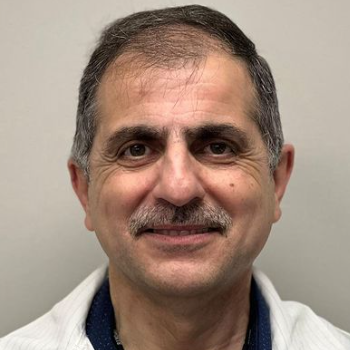Parents frequently ask us, “When should my kids get braces?” because they want their little ones to have healthy, attractive smiles.
The answer to that question varies from child to child, although Orthodontists advise that the first orthodontic examination take place no later than age 7. Early orthodontic examinations help identify issues with jaw and tooth growth and development. Some issues are simpler to fix if discovered earlier in life, even though treatment is most frequently administered between the ages of 9 and 14 when permanent teeth are in.
Read on to learn more about orthodontics in Dearborn.
What Do Orthodontists Do?
The main goal of this dental speciality is to straighten your teeth and improve your bite. You might require the services of an orthodontist if your teeth are crooked, overlapped, twisted, or gapped. Orthodontic treatments include metal braces, clear aligners, and detachable retainers.
Warning Signs of Early Orthodontic Problems
Your child should have their first orthodontic examination at age 7 when they are most likely still growing and likely to have a mixture of primary and permanent teeth. Visit clinics that provide orthodontics near you can identify initial problems, such as:
- Early or late baby tooth loss.
- Worries about biting or chewing.
- Mouth respiration.
- Behaviors like thumbsucking.
- Blocked-out, crowded, or misaligned teeth.
- Jaws that protrude excessively far in the front or back or move awkwardly.
- Extremely projecting teeth that bite into the face or the roof of the mouth.
- Teeth that don’t meet or meet abnormally in the upper and lower jaws.
- An uneven look or symmetry of the face.
- Clenching of the jaw and teeth or teeth grinding.
When appropriate, early orthodontic care for children can prevent the need for more involved treatment including surgery. Before your kiddo turns seven, as a parent, you should plan an orthodontic examination in order to get a handle on potential challenges.
What’s the Difference Between a Single-Phase and a Two-Phase Treatment?
If your child needs orthodontic treatment, your dentist in Dearborn will give you advice on all of your requirements and goals-compatible treatment alternatives. When orthodontic treatment is started after the eruption of the permanent teeth at age nine, it can typically be successfully completed in one phase. A two-phase treatment plan could be suggested by your orthodontist if early modifications are required.
If children are found to have serious orthodontic problems while their baby teeth are still in place, a multi-phase treatment method may be suggested. Two-phase therapies often start with a phase-one therapy that lasts one to two years and is intended to repair dental and jaw issues such as significantly projecting teeth as soon as possible. Following this early initial phase of treatment, a retainer must be worn for one to three years while the permanent teeth erupt. In order to build your child’s perfect smile, a second phase of orthodontic treatment often lasts for up to two more years once all permanent teeth have erupted.
However, in the majority of cases, just one period of orthodontic treatment is sufficient to provide the intended treatment outcomes, such as optimal function, a healthy bite, and a stunning appearance. Single-phase orthodontic treatment frequently cuts down on extra years of treatment, extra expenses, and more trips to see a dentist near you.
Summing Up
You may be confident that at Hashwi Dental, our patients come first. You can rely on our specialists to provide you with frank advice on the best orthodontic procedures for your child at the best possible age.
Our expert orthodontic staff is committed to offering the best treatment experiences and remarkable results – designed to match your child’s unique needs – regardless of the type of treatment required.
Please call us today to get started!

